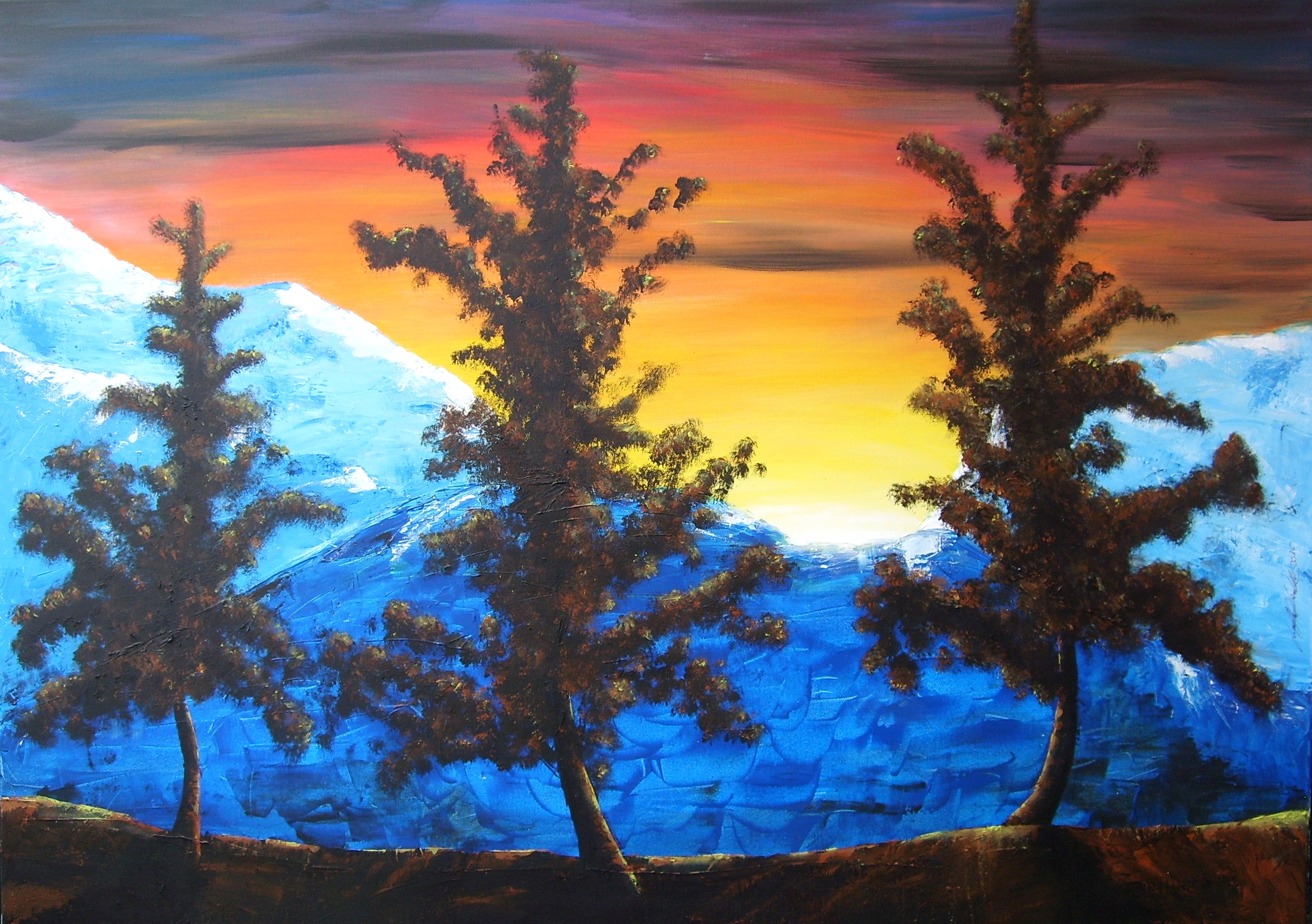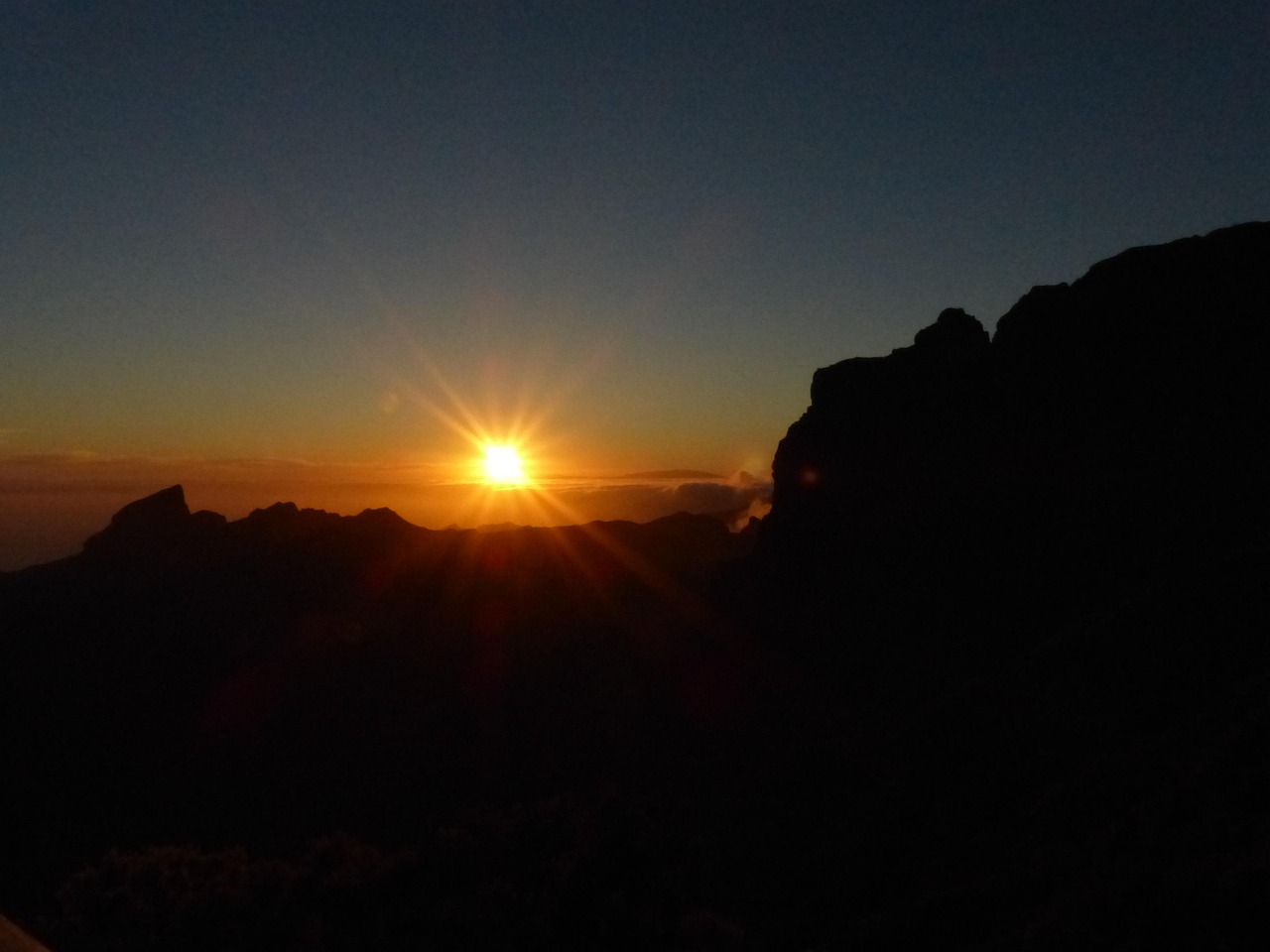(Discover many other contents on: NOWO.ONE)
I first stumbled upon Pierpaolo Beretta’s work while chasing a rabbit hole of Italian art one lazy afternoon—and let’s just say, I didn’t exactly emerge the same. Here’s a guy who didn’t doodle masterpieces as a child prodigy, had zero formal art lessons, and yet, somehow, he’s become a name that keeps popping up whenever talk turns to emotion-driven landscapes and wild creative expression. Let me walk you through what makes Beretta both refreshing and, frankly, a little weird (and why that’s exactly what makes him unforgettable).
1. I Never Liked Dot-to-Dot: Pierpaolo Beretta’s Unscripted Beginnings
If you’re searching for a classic Pierpaolo Beretta biography, you won’t find tales of childhood genius here. Born in Como, Italy, in 1958, Beretta’s journey is refreshingly unscripted. He didn’t grow up sketching masterpieces or attending prestigious art schools. In fact, he dove into art much later in life—without a single day of formal training. As Beretta himself puts it,
“Formal training might have discouraged me from really finding my path.”
That’s the heart of the Pierpaolo Beretta artistic career: a path that zigzags, never following the expected lines. There was no art teacher guiding his hand, and honestly, he’s glad for it. Instead, Beretta’s inspiration comes from life itself, not textbooks or tradition. His work isn’t boxed into one style; he loves to surprise himself—and his audience—every time he picks up a brush.
Recognition didn’t come from institutions, but from real people: viewers and critics who saw something genuine in his art. Beretta’s story proves you don’t need to be a prodigy or follow the rules to create something meaningful. Sometimes, the best art is born outside the lines.
2. Landscapes of the Mind: Imagining, Perceiving, and Feeling With Beretta
Stepping into the Pierpaolo Beretta artworks collection feels like wandering through a dream you half-remember. His landscapes aren’t just scenes—they’re states of mind. Beretta doesn’t paint what he sees; he paints what he feels. Each canvas is guided by imagination and perception, not strict replication. Sometimes, I think if Salvador Dalí and David Lynch went hiking together, they’d stumble into a world like Beretta’s: surreal, evocative, and a little bit mysterious.
The abstract landscapes Pierpaolo Beretta creates—especially in series like Percezioni and Mondi paralleli—embody his inner explorations. These works straddle the line between abstraction and reality, always inviting us to look beyond the obvious. For Beretta, landscape is a bridge between emotion and environment, a way to communicate what words can’t quite capture. His artistic themes are rooted in imagination, perception, and emotional expression, making every piece a personal journey.
"Imagination is the best medium for landscapes." – Pierpaolo Beretta
Research shows that Beretta’s signature style—majestic, sometimes surreal landscapes—reflects a deep commitment to expressing emotion and inner vision. Each painting is an invitation to feel, not just to see.
3. A Gallery Full of Oddities: Series, Themes, and Unlikely Wildcards
Wandering through the Pierpaolo Beretta artworks collection is like stepping into a series of parallel universes—each with its own logic, colors, and surprises. Beretta doesn’t just stick to one lane. Instead, he divides his work into playful series: Musica & Co., Fauna, Percezioni, and the mind-bending Mondi paralleli. Each collection feels like a new world, with new rules and moods.
The Pierpaolo Beretta art style swings from dreamy abstraction (think: 89 works in Astratti) to the concrete charm of natural elements—yes, even squirrels make an appearance in his Fauna art. There’s a wild unpredictability here. One moment you’re lost in the rhythm of Musica & Co,, the next you’re staring at a landscape that feels both familiar and strange.
My personal favorite? Percezioni 8 Blast. It’s like jazz for the eyes—unexpected, energetic, impossible to pin down. As Beretta himself says,
“Each series is a playlist—sometimes you hit shuffle.”
Every collection in the Artistic themes Pierpaolo Beretta work is a thematic playground, curated by his subconscious and open to interpretation.
4. When Notes Turn Into Strokes: Beretta’s Unexpected Foray Into Music
I never expected to find Pierpaolo Beretta’s name pop up on Discogs or Shazam, but there it was—proof that his creative drive doesn’t stop at the canvas. The Pierpaolo Beretta discography is real, and it’s as eclectic as his paintings. If you scroll through his Instagram, you’ll spot hints of ongoing musical experiments, sometimes blending with visuals in ways that feel almost accidental, yet totally intentional.
What fascinates me most is how Musica & Co. Pierpaolo Beretta isn’t just a side project. Music seeps into his art. Sometimes, the rhythm is visible in the brushwork—other times, it’s just a feeling. Beretta himself once said,
‘Every painting is also a kind of music—just ask your eyes to listen.’
That line stuck with me. It’s clear that for Beretta, creative arts are holistic. He doesn’t draw boundaries between sound and sight, and honestly, I think that’s the secret sauce. If his art had a soundtrack, it would probably be a genre you can’t pronounce, but you’d know it when you felt it. This is the heart of Pierpaolo Beretta creative arts: pure, unfiltered expression.
5. Critics, Collectors, and the Curious: Who Finds Magic in Beretta’s Work?
Stepping into a career retrospective of Pierpaolo Beretta, I quickly realized his art isn’t just for critics or seasoned collectors—it’s for anyone who’s ever paused in front of a painting and felt a flicker of wonder. Critics like Roberta Filippi have praised Beretta’s imaginative approach, highlighting how his work invites viewers into a conversation rather than simply demanding admiration. That’s something I felt too. Beretta’s biography background is anything but typical; he didn’t start as a prodigy, and maybe that’s why his artistic themes feel so accessible and alive.
At one show, I overheard a collector say, “I came for the colors, I stayed for the questions.” That stuck with me. Beretta’s art seems to attract everyone—from contemporary enthusiasts to those who chase surreal stories. He welcomes curiosity, preferring wonder to explanations. His audience is international, yet there’s a strong Italian art-collector following that feels almost like family. As Beretta himself puts it,
“The most important thing is when someone feels something they can’t name.”
Research shows his impact is measured in dialogue and emotional resonance, not just accolades. In the end, Beretta’s world is open to all who are willing to look—and to feel.



